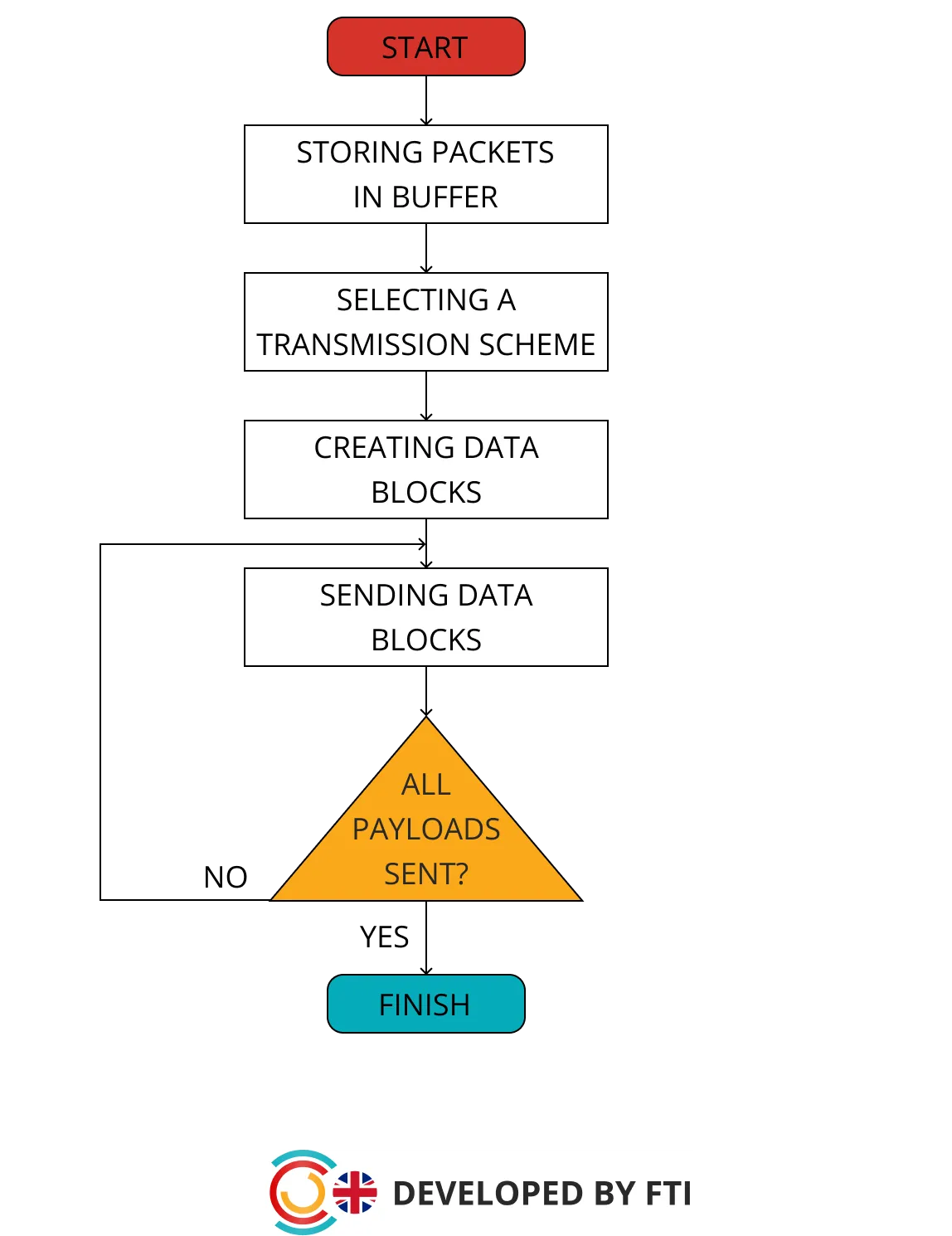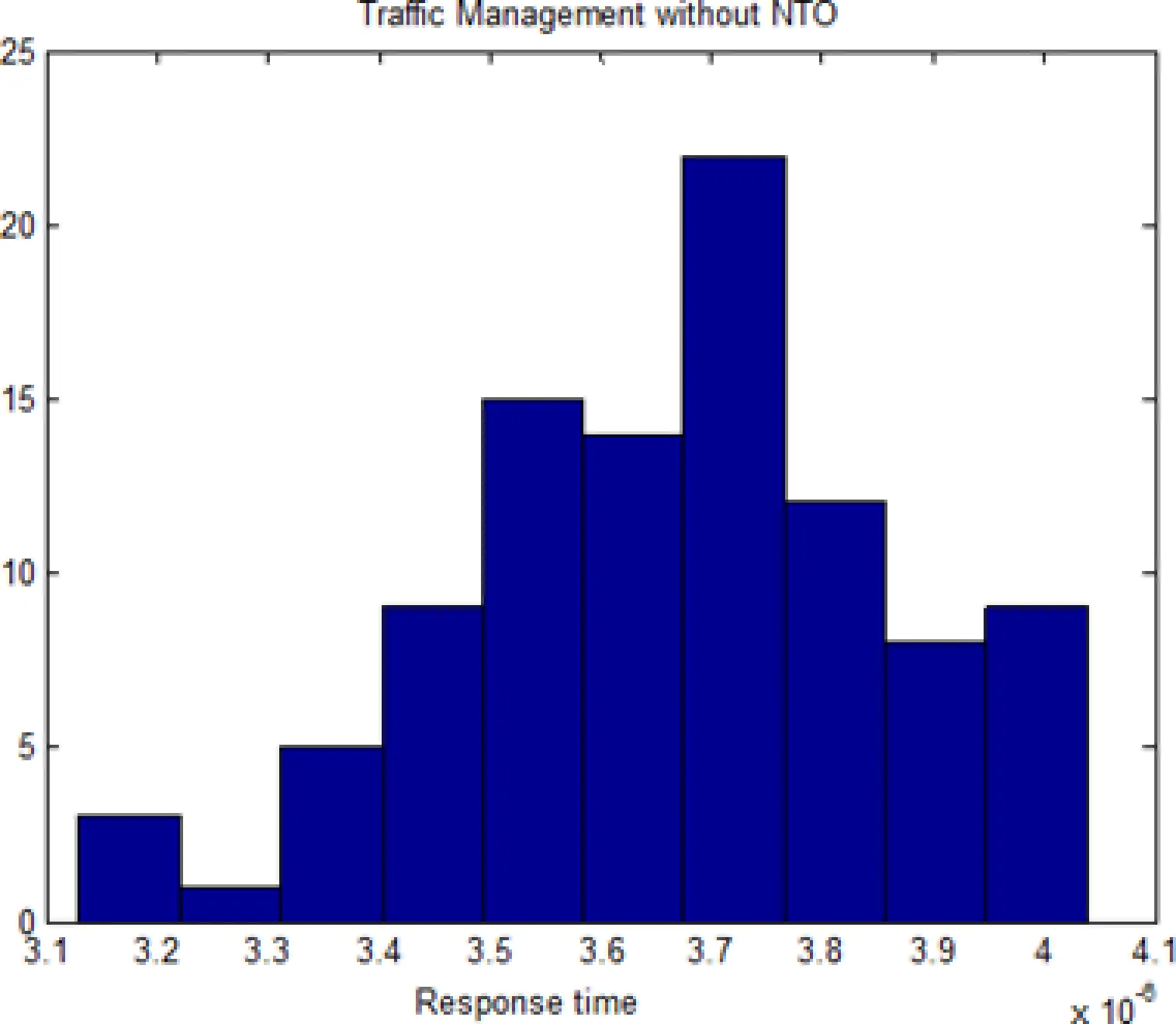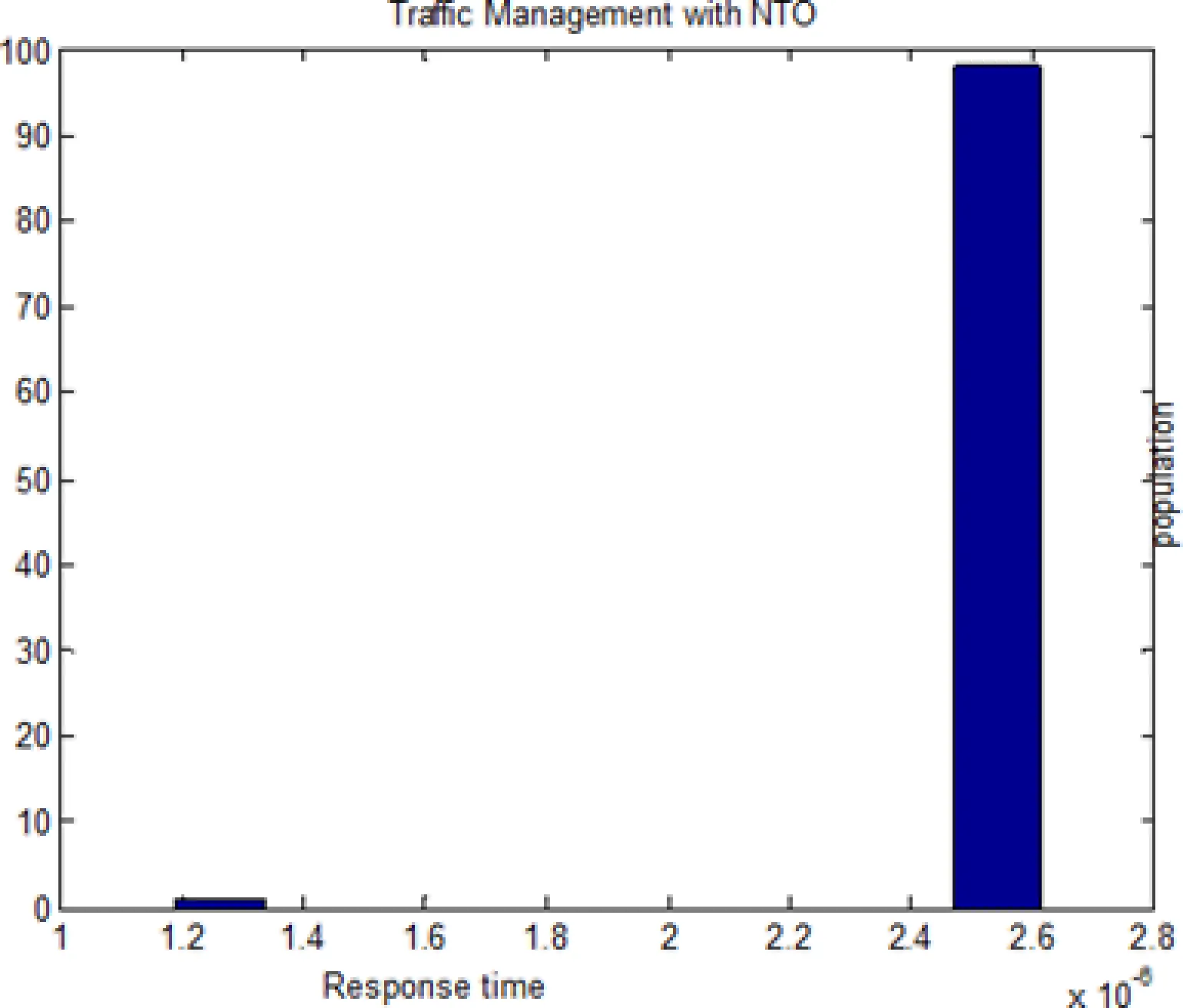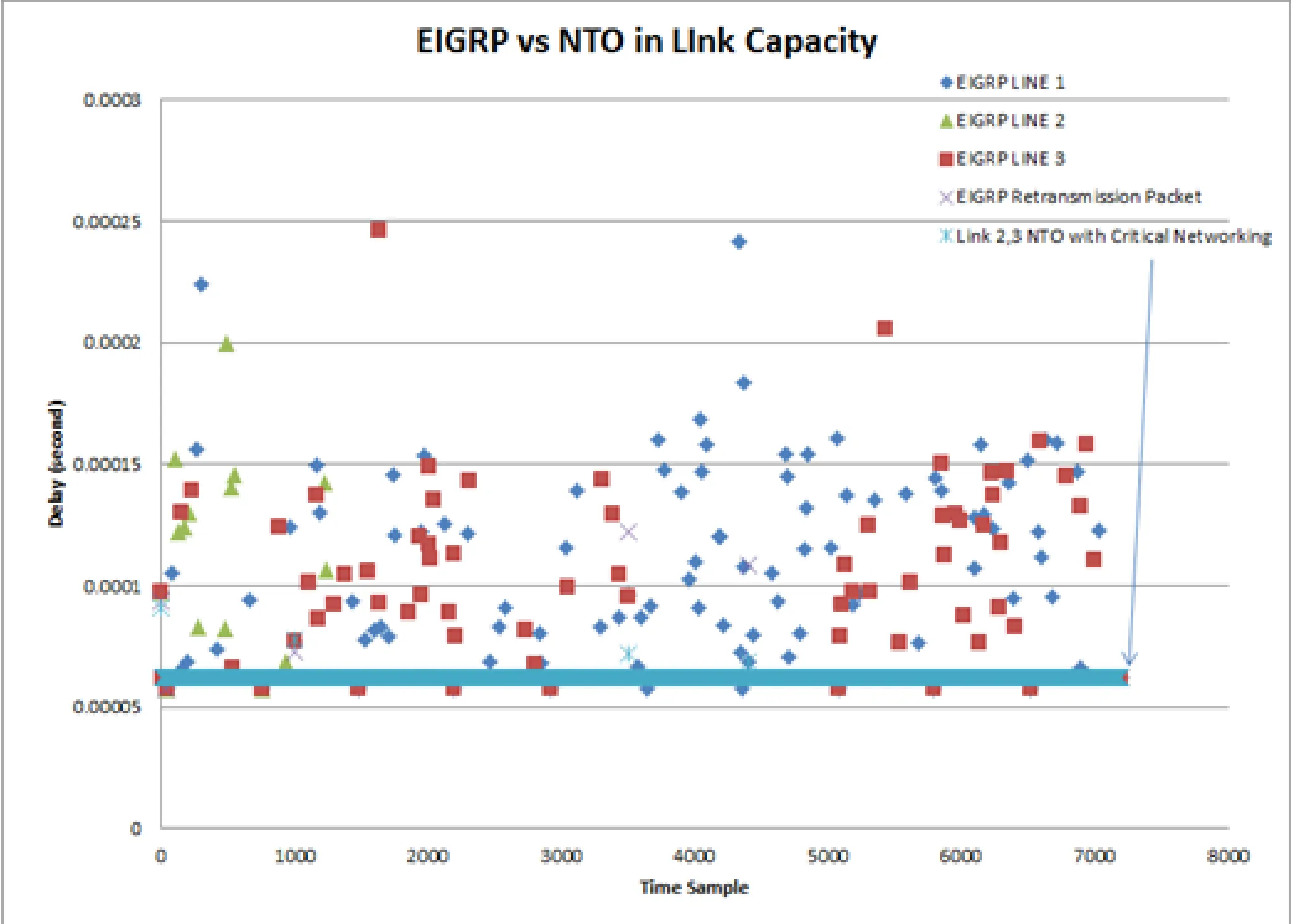
Solution for congested networks
Solution for congested network especially for Safety Critical Networking.
Controlling Packet Flow in a Network
Safety Critical environments such as in airports have communication systems that deliver safety critical information. This may include air traffic control data from radar (aircraft location and speed). An error in that information has a potential for great loss in human casualties. These safety critical information transforms the communication system into a safety critical network. The algorithm that we have developed and patented focuses on designing an airport critical network for exchange information not only, contain critical (error-free) but also, time critical (low delay tolerance).
Ultra-low latency (1ms) in high network utilization (above 50%), high throughput (3x quicker compare to TCP/IP)
Suitable for private (1ms latency)/public network (Reduce by 1/3 on standard time)
Work on existing TCP/IP stack
Suitable for high volume (high data size), high frequency (low interval)
Has innate traffic shaping, filtering feature to improve the discovery of unauthorised traffic, and load balancing to protect from denial of service
Has 10x improve in latency, response and lower packet loss in Wireless communication especially in public 4G/5G network
The Network Traffic Oscillator (NTO) is
a concept that combines network switching and routing seamlessly together.
These two concepts have fundamentally different operations. The former refers
to packet transmission control using network addresses such as Internet Protocol
(IP) to send data from source to destination. On the other hand, the latter
refers to external factors concerning the steering of data transmission via
the best route on a network. Thus, network switching focuses on the delivery
of traffic whilst network routing focuses on managing network capacity.
Custom applications that use multi-purposed packet protocols such
as User Datagram Protocol (UDP), IP, and Ethernet, have no network
troubleshooting tools or responses to network faults. The only defence
against missing data is left to the transport or the application layer,
which are ineffective when the missing data are lost as a result of
networking issues.
We are currently in the process of safety critical networking
progressing from small network to large ones with hundreds of routes and
nodes. In this scenario, greater delays are introduced from switching,
routing and applications rather than from the physical constraints of
the communication medium. In the air traffic context, the introduction
of SWIM has leads to many modern communication problems, particular in
network switching, routing and application load traffic management.
While tools such as EIGRP have addressed these issues with traffic management
by configuring an active routing plan (via the K-values and resultant vector
metric) to stave off transmission disasters, these tools are poorly utilised
given the modern plethora of application traffic types. Our algorithm shows
how to increase data throughput by considering additional parameters such
as the application bandwidth usage, and the synchronisation between receiver
and transmitter response time.
In comparison with EIGRP, this system offers a reduction of tens of percent
in the delay time coupled with a narrow spread in this response. Moreover,
as a result only 1% of packets experience problematic transmission delays
compared to 10% using EIGRP. This is a great improvement QoS via the improved
response time and removal of unnecessary bandwidth wastage from delays and
retransmission.

In summary, the NTO approach offers not only reliable traffic delivery but also high QoS with minimal delayed or lost packets. It removes the need to add ever greater overheads to network packets and facilitates real-time deterministic Ethernet performance
The Network Traffic Oscillator (NTO) was designed to provide to find a means to considerably improve the response time of a safety critical application. The network is further improved by effective traffic management in network routing and switching.


Packet response times for: (a) the NTO-based system; (b) packet- based EIGRP

Simulation results for application packets affecting the flow management of the routers 1-3. Packet based EIGRP with ad-hoc traffic congestion experiences additional delay of the transmissions and uses all three links. Critical networking uses only routers 2 and 3 with delay affecting only a negligible proportion of the packet transmissions
Do you have any questions?
For further information please contact FTI.
You can ask us a question
using the form or please call us on
+44 (0) 24 7641 7070.

